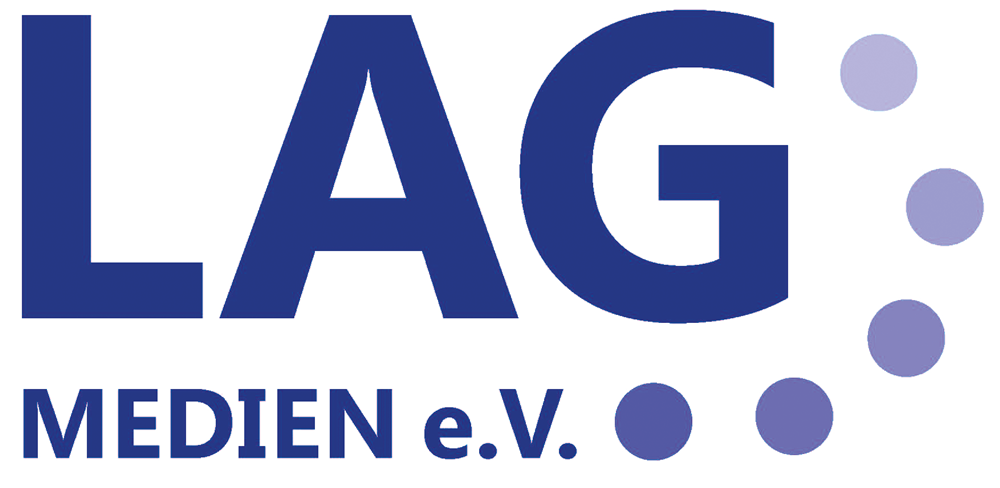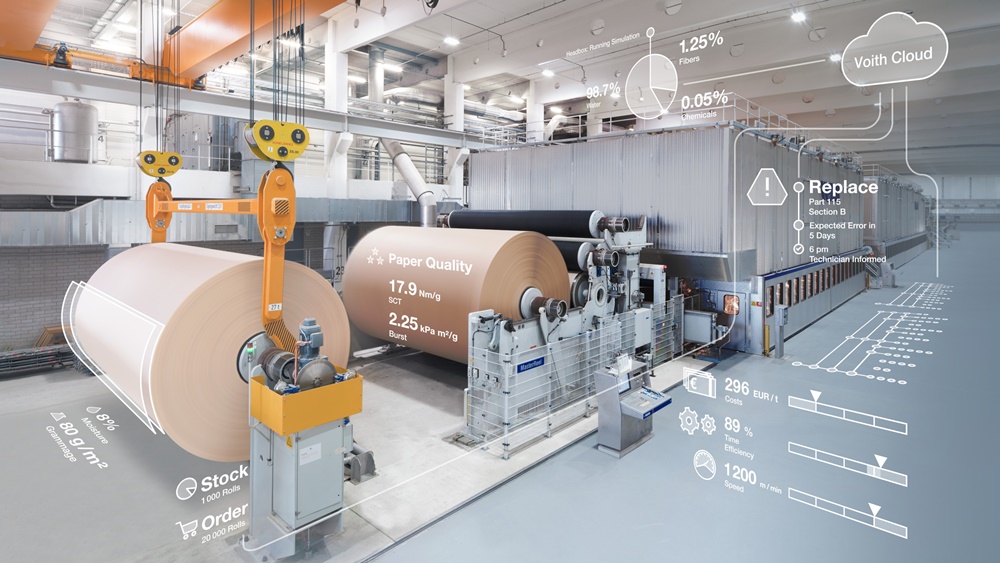P3 7-8/2020 en
Voith
The Potential of Sustainable Papermaking
Sustainability

Voith’s technologies help paper producers minimize their carbon footprint and reduce water and fiber consumption.
In light of the current debate on climate protection and sustainability, the paper industry, like all resource-intensive industries, needs to develop sustainably. The main focus is on the conservation of resources and a decarbonization of the paper manufacturing process. The Confederation of European Paper Industries (CEPI) has already confirmed that it intends to reduce CO2 emissions by 80 percent by 2050 compared to 1990 levels. This will require breakthrough technologies and a consistent shift to sustainable energy sources. The ambitious climate protection goals are putting pressure on paper manufacturers and their sub-suppliers.
Voith’s technologies help paper producers minimize their carbon footprint and reduce water and fiber consumption.
The paper industry in China is also facing the urgent challenge of becoming more environmentally friendly. This year, China officially pledged to be carbon neutral by 2060. At the same time, apart from environmental legislation, the megatrend of sustainability has long been affecting all areas of our lives and all industries. The huge interest in sustainable products on the part of consumers and growing societal pressures are consistently showing paper manufacturers and their sub-suppliers the way to a sustainable paper production process.
As a material, paper has great potential to make a positive contribution to climate protection and sustainability, thanks to its use of renewable raw materials and recyclability. This also needs to be exploited in the manufacturing process. Solutions for climate-friendly paper production are already available as are companies that are exploring what paper manufacturing of the future will look like. This story will provide an overview of revolutionary technologies, a wastewater-free paper mill and the great potential of paper as a recyclable material.
Innovations for decarbonization and the conservation of resources
Voith is working on the development of solutions and technologies to fundamentally reshape the paper manufacturing process and, as a result, conserve resources, save energy and minimize the CO2 footprint. “We are conducting research into various options that have the potential to fundamentally change our conception of paper manufacturing,” says Frank Opletal, Chief Technology Officer, Voith Paper. “Our approaches draw on processes that reduce CO2 consumption and save raw materials.” One very promising solution could massively minimize the use of water and reduce the thermal energy requirement by up to 80 percent compared with current levels.
“In addition, we are looking into numerous other optimization approaches and are using new development methods, for instance in the field of bionics,” says Opletal. “This involves applying the principles of nature to our products to enable new functionalities and design. One example is the development of slitters for winders, the principle of which is based on the self-sharpening teeth of a beaver.”
Concerted response to the big issues affecting the paper industry
Making the paper manufacturing process more sustainable requires sound process expertise and enormous effort. As a full-line supplier, Voith aims to develop integrated solutions that go beyond the improvement of individual sections and focus on the entire paper production process and the challenges associated with it. “For example, we are also looking into the question of where the necessary energy for the drying process will come from in future,” says Opletal. “Thanks to the successive expansion of renewable energy sources, the availability of regenerative energy in particular will continue to grow. Moreover, the capture and storage of the CO2 emitted in the overall process can offer an approach to decarbonization.”
To pursue these issues even more systematically, Voith is forging alliances. The company is partnering with start-ups to develop solutions designed to help paper manufacturers create CO2 sinks at their production facilities. One promising approach is the use of an innovative pyrolysis process in which part of the required thermal energy can be provided by recovering thermal energy from biomass, without CO2 emissions.
As part of an industrial consortium that is realizing the Model Factory Paper, Voith also aims to acquire fundamental insights into sustainable technological solutions for paper manufacturing of the future and help develop them. The objective of this center for disruptive innovation projects being established in Düren, Germany, is to conduct research into resource-efficient, climate-neutral and energy-optimized paper manufacturing processes. The project can draw on extensive funding from the “Rheinisches Revier” compensation fund, which is intended to drive structural change in the region after the phase out of lignite and is supported by numerous major companies and sub-suppliers from the paper industry. The Technical University of Darmstadt and the Papiertechnische Stiftung (paper technology foundation, PTS) will provide scientific input. Construction of the Model Factory will begin in the next two to three years.
Not just wishful thinking
“A lot of what we want to achieve in the future is already within reach,” says Opletal. For example, the company is already offering solutions for zero-effluent paper manufacturing. A production line incorporating a closed water loop and modern process technology for wastewater treatment has recently gone into operation in Germany. In this zero-effluent mill, which features a “biological kidney” system, all process water used in the paper production process is cleaned in the mill’s own water treatment facility and then returned to the production process. At the same time, fresh water consumption is drastically reduced. “This is the first time this kind of system has been developed and installed in a new build,” Opletal stresses. “And it’s done without a safety net; there will be no option to just flick a switch and channel the water out of the process. Our technological expertise and sound process knowledge have made it possible.”
With its BlueLine stock preparation, Voith currently offers the “most resource-conserving process concept on the market worldwide” that enables minimal energy consumption and reduces the CO2 footprint of paper production. The BlueLine system achieves significant energy savings of up to 20 percent in the DIP process and 25 percent in the OCC process, compared with standard stock preparation facilities. Alongside energy consumption, the focus is primarily on even more efficient treatment of recovered fibers in the BlueLine OCC process to reduce the input and consumption of virgin fibers. “In Europe, the recycling rates for paper are more than 72 percent,” says Opletal. “This is necessary and important to further advance the sustainability of the material. As a technology group, this also means that we have to develop even more efficient systems that recover paper fibers from recycled paper in sufficiently high quality. The greater the yield and the higher the quality of recovered paper fibers from this process, the better the subsequent paper quality, even without buying in virgin fibers. This protects the environment and reduces production costs.”
Digital technologies for more efficiency and sustainability
Digital solutions are already key factors in conserving resources and reducing CO2 emissions. “Digitalization plays a key role when it comes to reconciling ecological and economic requirements,” says Opletal. “Digital solutions from our Papermaking 4.0 portfolio allow better monitoring of all processes and therefore more precise production control, which in turn results in higher efficiency and better availability. This saves energy, resources and operating costs.” The ecological footprint of paper manufacturing can be further optimized through the use of data-driven process control systems like OnEfficiency.Strength. In the near future, new apps on the OnCumulus IIoT platform will among other things enable complete transparency of all energy consumption in a paper mill in real time and thus allow paper producers to tap into extensive optimization potential. “With one of these apps, our OnEfficiency.BreakProtect system, we also use artificial intelligence to make recommendations to operators on how to avoid sheet breaks,” adds Opletal. “This ultimately improves the efficiency of the plant and increases production capacity.”
New areas of application for paper
To fully exploit the potential of this sustainable material, the areas of application for paper should be extended in future. In this context, its great recycling potential makes it a good alternative to common, mainly petroleum-based materials. Among the developments needed are alternatives to mostly plastic-based packaging used for foodstuffs or confectionery. At the same time, the necessary barrier properties, for permeability to oxygen, water vapor or liquids cannot be achieved with paper alone. This is where flexible and innovative packaging solutions can offer an answer. In collaboration with a manufacturer of specialty papers, Voith has developed a 100-percent recyclable, flexible packaging paper with barrier properties. In this conjunction, the coating process in particular is a major hurdle, because when applying the functional layer the aqueous dispersion is very temperature-sensitive. “The layers applied by our coater are based on aqueous polymer dispersions and give the paper various barrier properties,” says Opletal. These kinds of sustainable packaging solutions can be used, for example, for food packaging, hygiene articles or cleaning products. The demand from customers around the world for trials with barrier papers is so great that the company is now adapting the trial coating machine in its Technology Center to precisely meet these requirements. To this end, the drying capacities will be significantly expanded, the web run optimized and the latest automation and sensor technology installed. In this way, the drying behavior of the application media can be optimally controlled, and in-depth knowledge about the production of barrier papers can be gained. This gives customers the opportunity to produce new, functional types of paper in a targeted manner.
Frank Opletal is not deterred by the fact that there is still a long road ahead to achieve climate-neutral production, despite all the approaches available: “This resource-intensive industry cannot become climate-neutral overnight. It will take a lot of small steps, innovations and new approaches to achieve genuinely sustainable paper production. But the potential of the material is so great that this journey is definitely more than worth it.”
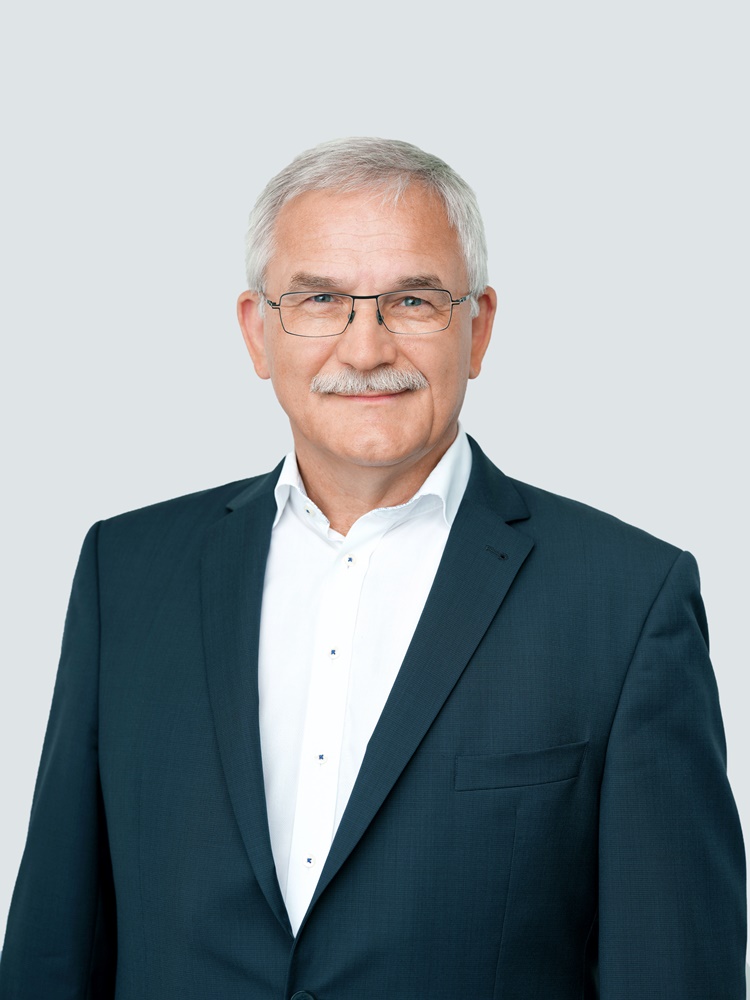
Frank Opletal, Chief Technology Officer Voith Paper, is responsible for the development of new technologies for climate-friendly paper manufacturing.
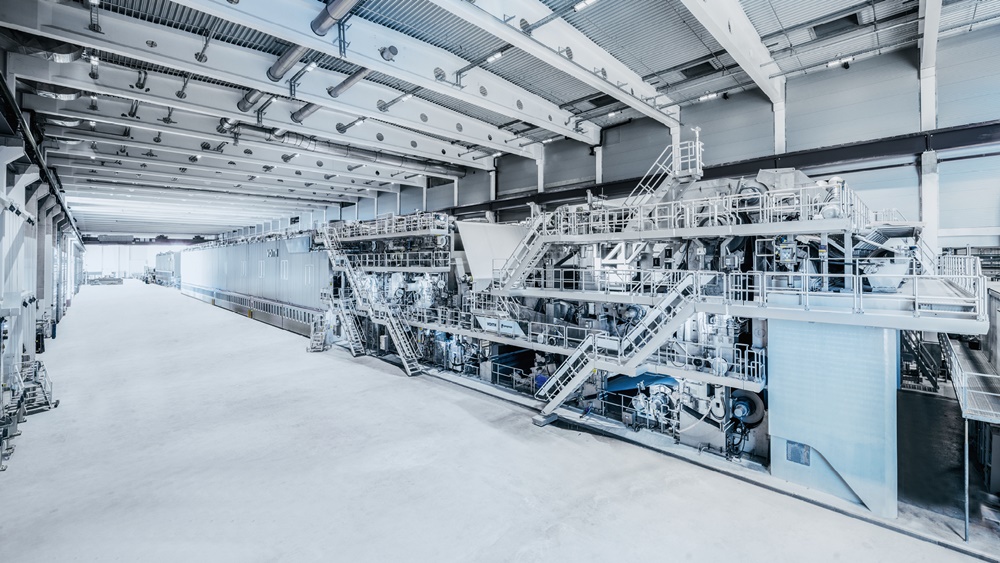
Not just wishful thinking: Efficient machines and processes ensure resource-conserving paper manufacturing.
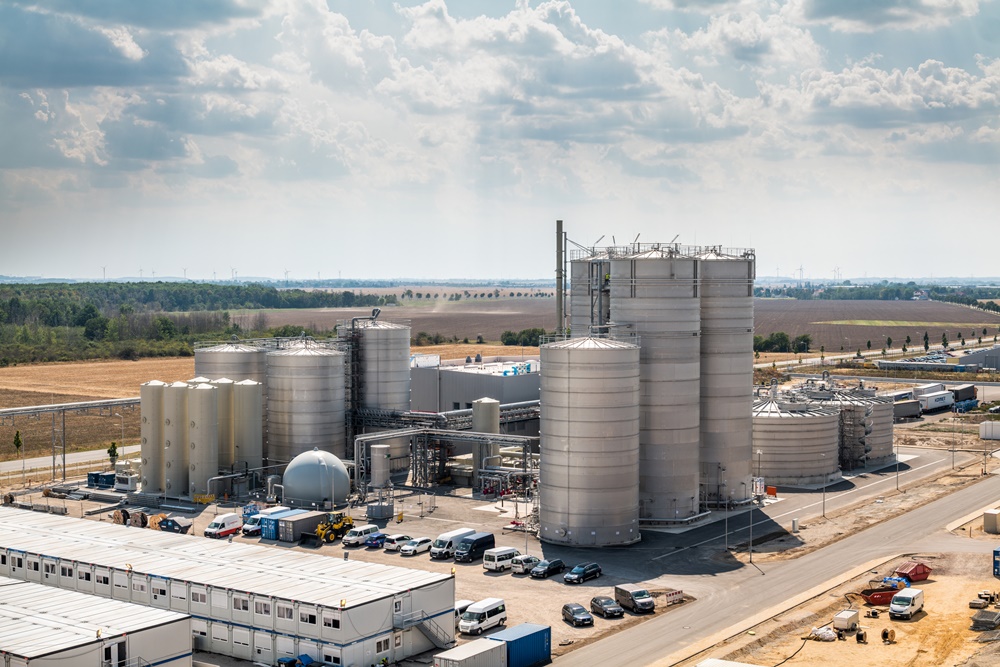
Closed water loop: All water used in production is cleaned in a “biological kidney” and then returned to the production process.
Editor: sbr
Images: Voith



